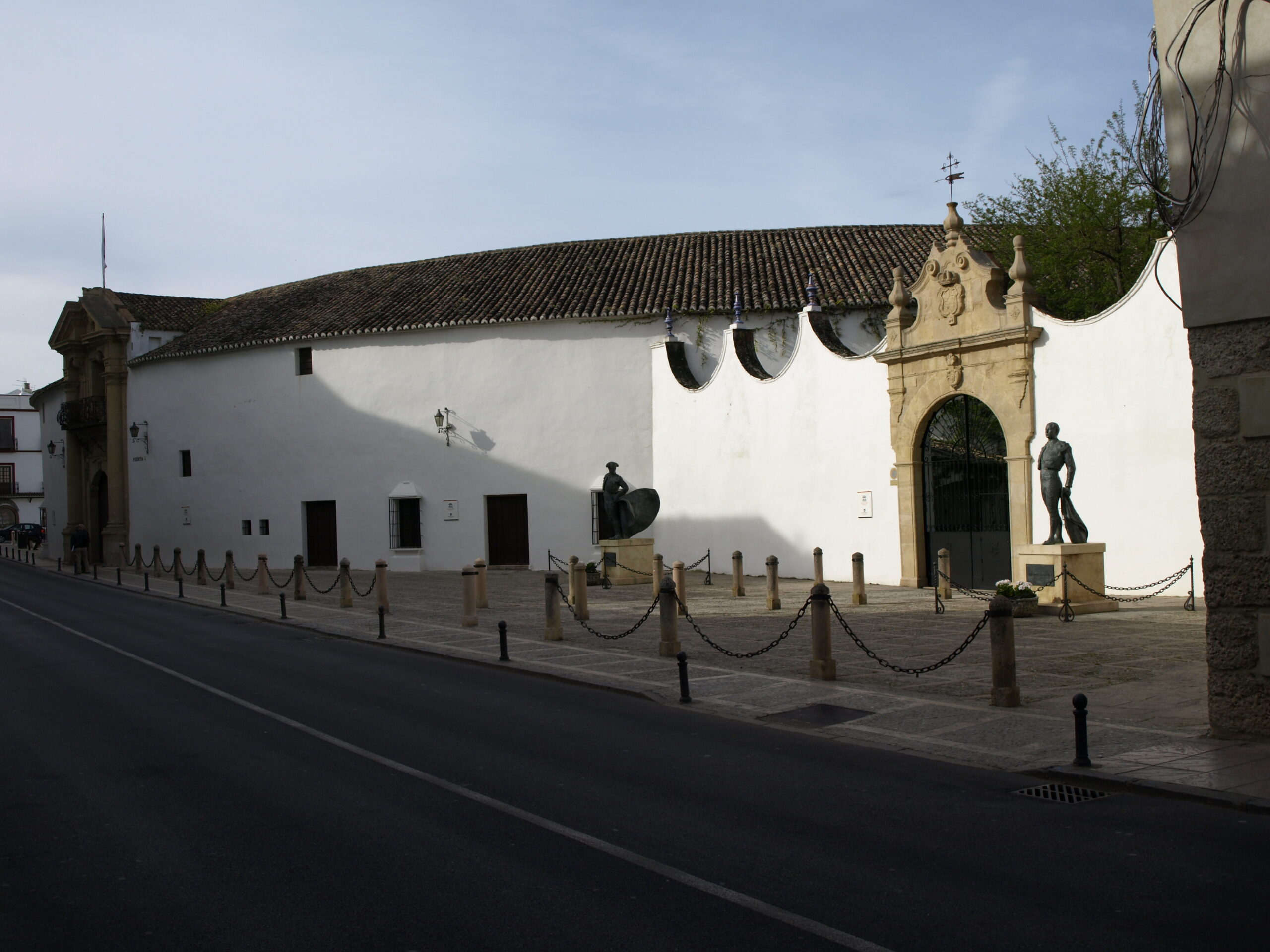Plaza de Toros de Ronda: A Historic Bullring Echoing the Spirit of Andalusia
Nestled in the heart of the picturesque town of Ronda, Spain, the Plaza de Toros de Ronda stands as a cultural treasure and a living testament to the age-old tradition of bullfighting. This historic bullring, one of the oldest and most iconic in Spain, is not merely an arena for the controversial spectacle; it is a symbolic representation of Andalusian identity, architectural elegance, and the enduring ties between tradition and modernity.
Constructed in the late 18th century, the Plaza de Toros de Ronda is a masterpiece designed by the architect Martín de Aldehuela. Completed in 1785, the bullring reflects the architectural style of the time, characterized by its neoclassical facade, grand archways, and a circular layout that accommodates thousands of spectators. Its location on the edge of the El Tajo gorge adds a dramatic backdrop to the arena, enhancing the overall aesthetic appeal of this historic structure.
One of the distinctive features of the Plaza de Toros de Ronda is its relatively small size compared to other bullrings in Spain. However, its architectural elegance and the breathtaking scenery surrounding it have elevated its status to legendary proportions. The bullring has been preserved with great care, maintaining its original charm and historical significance.
The Plaza de Toros de Ronda is not merely a venue for bullfighting; it is a cultural institution deeply rooted in the traditions of Andalusia. Bullfighting, or corrida de toros, is a complex and controversial tradition that has been an integral part of Spanish culture for centuries. While opinions on the practice vary, the Plaza de Toros de Ronda serves as a living museum, offering insights into the history and evolution of bullfighting in Spain.
The bullring’s museum provides visitors with a comprehensive overview of the art and rituals associated with bullfighting. Exhibits showcase the costumes of renowned matadors, historical artifacts, and paintings that capture the intensity and drama of the corrida. For those interested in delving into the cultural nuances and historical context of bullfighting, the Plaza de Toros de Ronda offers a fascinating and educational experience.
The arena itself is a spectacle to behold. The circular sand-covered space is surrounded by tiered seating, offering an intimate setting for spectators to witness the age-old dance between matador and bull. The architectural design ensures that every seat provides an unobstructed view of the action, allowing the audience to fully immerse themselves in the dramatic performance unfolding in the center of the ring.
The Plaza de Toros de Ronda has hosted some of the most celebrated matadors in history, adding to its allure as a revered venue in the world of bullfighting. The names of legendary bullfighters are etched into the annals of the bullring’s history, and their performances have left an indelible mark on the cultural legacy of Ronda.
While bullfighting has faced criticism for its ethical implications and treatment of animals, the Plaza de Toros de Ronda remains a place where tradition and history converge. The bullring is a stage where the past comes alive, and the echoes of centuries-old traditions resonate through the archways, reminding visitors of the complex tapestry that is Spanish cultural heritage.
In conclusion, the Plaza de Toros de Ronda is a monument that goes beyond being a mere venue for bullfighting; it is a cultural sanctuary, a testament to architectural splendor, and a repository of historical and artistic significance. As visitors stand within its hallowed walls, they are not only witnessing a spectacle but immersing themselves in the rich and nuanced history of a tradition that has shaped the identity of Andalusia for generations.



